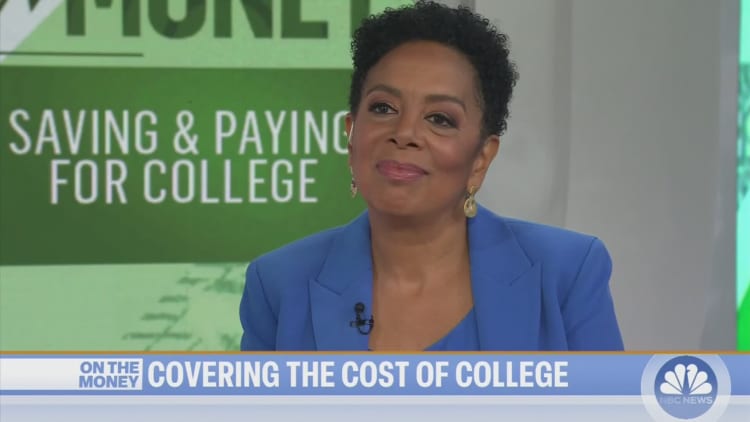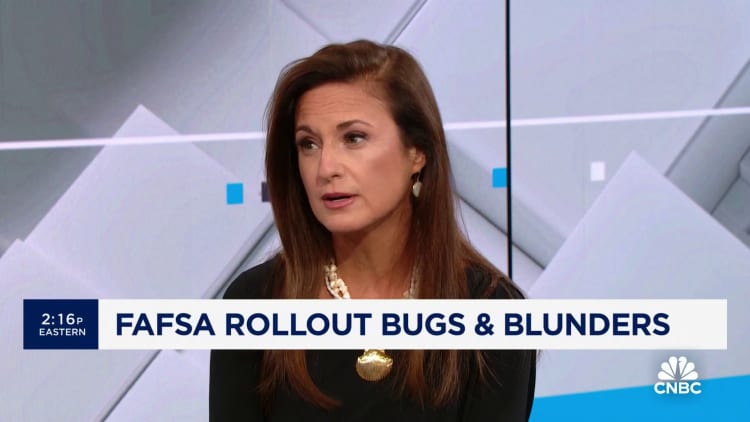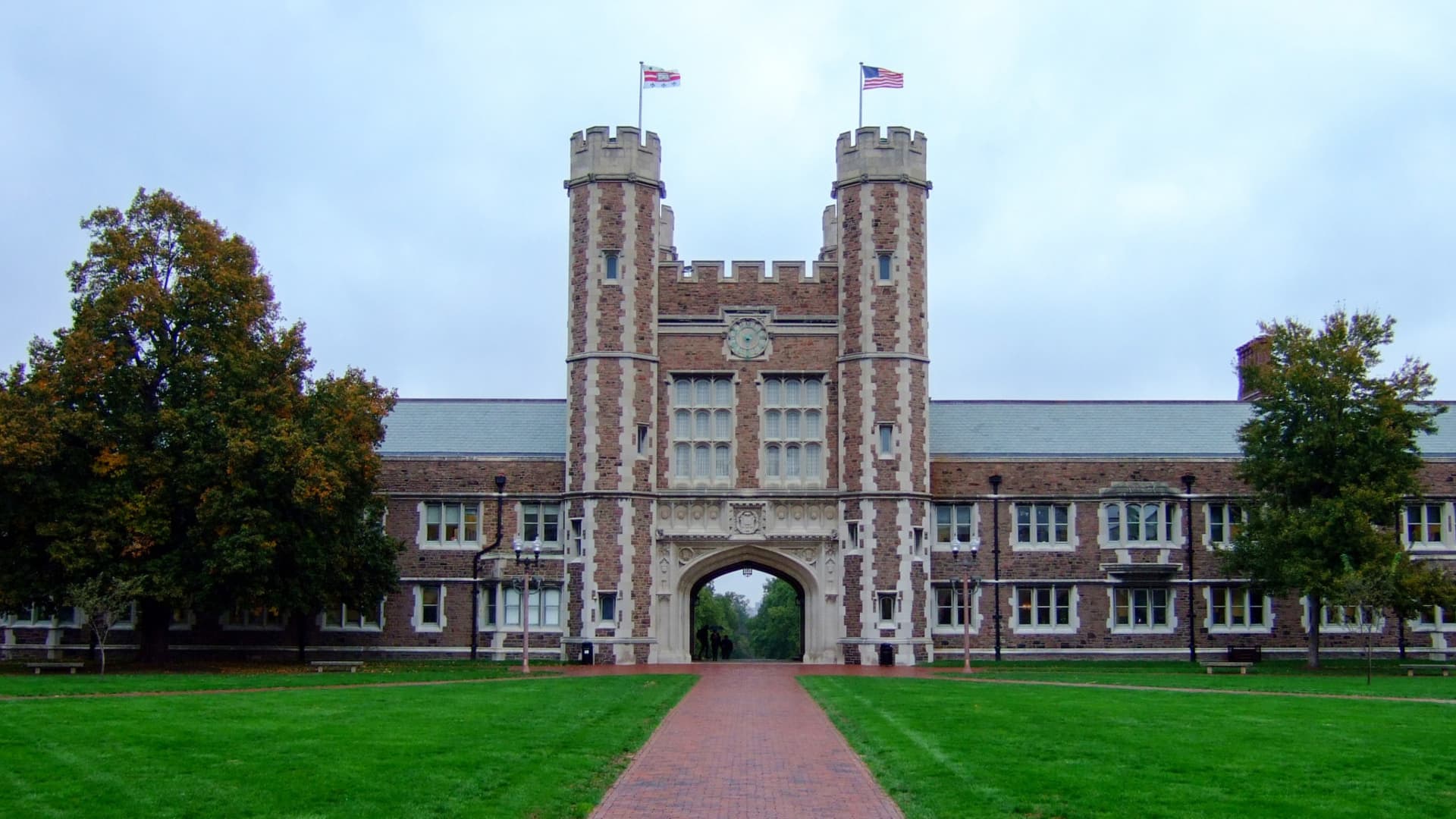
The price tag for a college education has never been higher — and it’s only going up.
The cost of attendance at some schools, including New York University, Tufts, Brown, Yale, and Washington University in St. Louis, is now nearing six figures a year, after factoring in tuition, fees, room and board, books, transportation and other expenses.
Among the schools on The Princeton Review’s “The Best 389 Colleges” list that have already set their costs for the 2024-25 academic year, eight institutions have a sticker price of more than $90,000 per year so far, according to data provided to CNBC.
Considering that tuition adjustments average roughly 4% a year, those institutions — and others — could cross the $100,000 threshold as soon as 2026, according to an estimate by Bryan Alexander, a senior scholar at Georgetown University.
However, that’s not what many families pay.
More from Personal Finance:
FAFSA fiasco may cause drop in college enrollment, experts say
Harvard is back on top as the ultimate ‘dream’ school
This could be the best year to lobby for more college financial aid
“Crossing a school off the list of consideration based on sticker price alone is a mistake,” said Robert Franek, editor-in-chief of The Princeton Review.
He said about two-thirds of all full-time students receive aid, which can bring the cost significantly down.
Net price: Your net price is tuition and fees minus grants, scholarships and education tax benefits, according to the College Board.
The Princeton Review even ranked colleges by how much financial aid is awarded and how satisfied students are with their packages. These are the colleges that came out on top.
At Washington University in St. Louis, for example, the average scholarship award is just over $65,000 per year, The Princeton Review found, which brings the total out-of-pocket cost closer to $26,000.
In fact, when it comes to offering aid, private schools typically have more money to spend, Franek said.
“When you factor in the average grant, these schools become some of the most affordable in the country,” he said.
What college really costs
The amount families actually spent on education costs in the 2022-23 academic year was, on average, $28,026, according to Sallie Mae’s annual How America Pays for College report.
While parental income and savings cover nearly half of college costs, free money from scholarships and grants accounts for a more than a quarter of the costs, and student loans make up most of the rest, the education lender found.
The U.S. Department of Education awards about $120 billion every year to help students pay for higher education. And beyond federal aid, students could also be eligible for financial assistance from their state or college.
But students must first fill out the Free Application for Federal Student Aid, which serves as the gateway to all federal money, including loans, work-study and grants.

This year, problems with the new FAFSA have discouraged many students and their families from completing an application.
As of the last tally, 6.6 million FAFSA forms have been submitted. That’s a fraction of the approximately 17 million students who use the FAFSA form in ordinary years. And under the new aid formula, an additional 2.1 million students should be eligible for the maximum Pell Grant, according to the Department of Education.
“You cannot get away from the value of the FAFSA form even in these difficult times,” Franek said. “This is the key for unlocking the majority of financial aid dollars.”
Already, high school graduates miss out on billions in federal grants because they don’t fill out the FAFSA, experts say.
In total, the high school Class of 2022 left an estimated $3.6 billion of unclaimed Pell Grant dollars on the table, according to a report from the National College Attainment Network.

